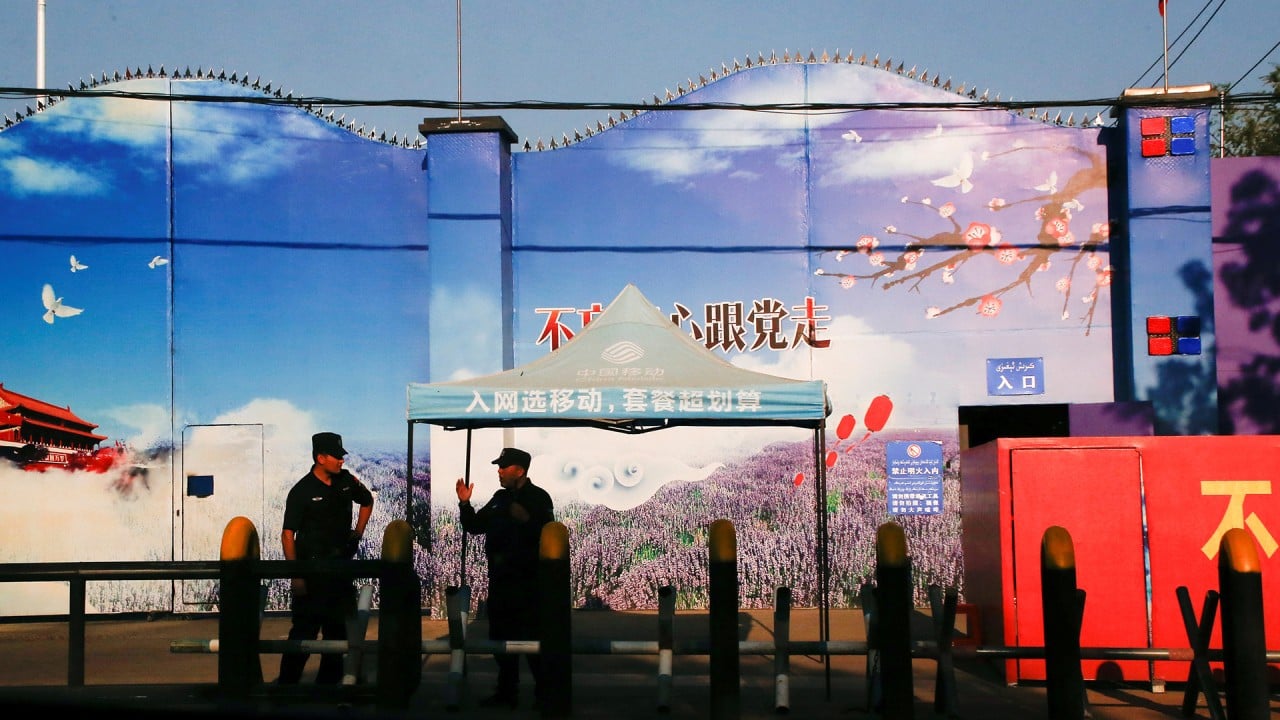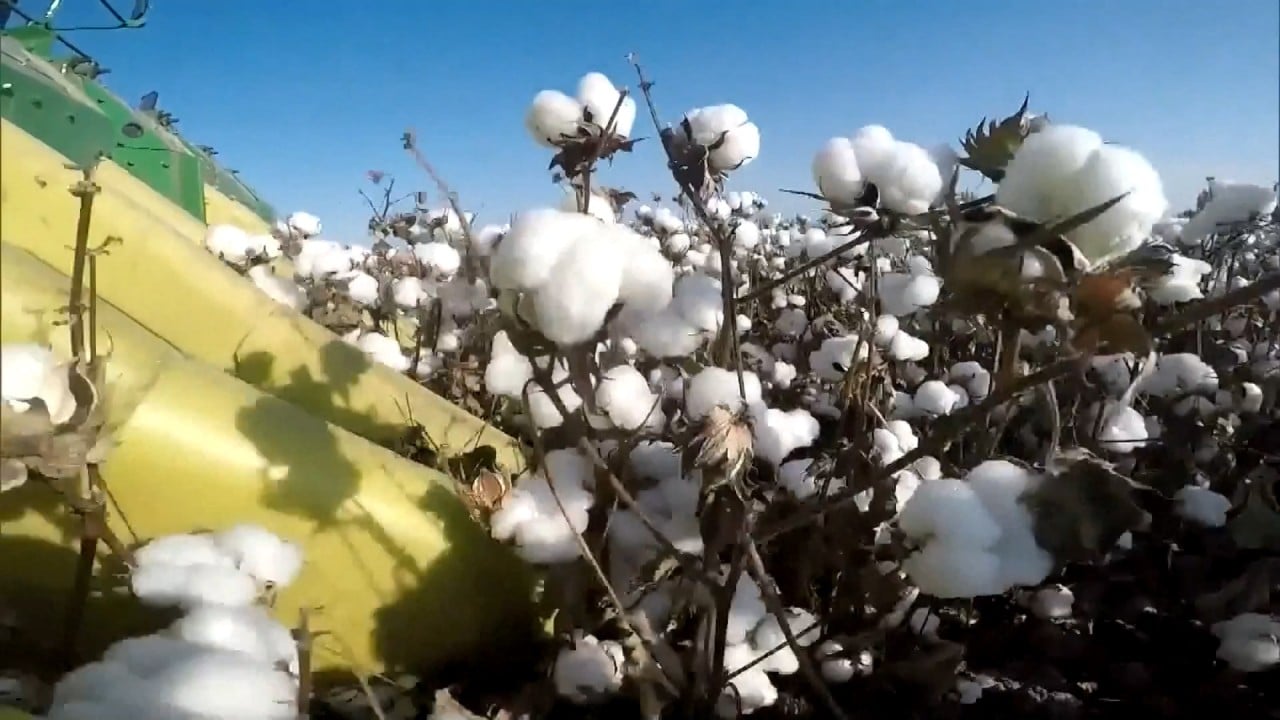
Banned Chinese cotton from Xinjiang found in 19% of US and global retailers’ merchandise
- A US law to safeguard its market from products linked to forced labour has not necessarily been effective, a new study using isotope testing suggests
- Of the items that tested positive for Xinjiang cotton, 57% featured labels that claimed the origin of the merchandise was US-only
Traces of banned Chinese cotton were found in 19 per cent of a sample of merchandise selling at US and global retailers in the past year, a study showed, highlighting the challenges of complying with the US law aimed at blocking imports of cotton linked to forced labour in China.
In the study released on Tuesday, researchers from natural resource analytics, isotope testing firm Stratum Reservoir and DNA lab Applied DNA Sciences analysed garment samples, cotton buds and shoes from big box retailers and e-commerce platforms. The firms declined to name the retailers whose merchandise they tested.
The scientists used isotopic testing, which can link cotton to specific geographic areas by analysing the concentration of stable elements like carbon and hydrogen present in both the crop and the environment in which it has been grown, experts say. They tested the merchandise for traces of cotton from Xinjiang, the far western region of China.
The US enacted a law in 2021 to safeguard its market from products potentially tainted by human rights abuses in Xinjiang, where the US government says China is committing genocide against Uygur Muslims.
China denies abuses in Xinjiang, a major cotton producer that also supplies much of the world’s materials for solar panels.
For years, lawmakers and trade organisations have been trying to keep product made with forced labour out of the US supply chain. But the study shows that the new law is not necessarily effective.
A federal report published in 2022 estimated that cotton from Xinjiang accounted for roughly 87 per cent of China’s production and 23 per cent of the global supply in 2020 and 2021.
Countries including Vietnam, Cambodia and Bangladesh – some of the world’s largest producers of cotton clothing and consumer goods – still import large quantities of finished fabric from China.
It then often makes its way to the US in the form of apparel made by suppliers in those countries, according to the report.
Of the 822 products tested, 19 per cent had traces of Xinjiang cotton, the researchers said. The study tested a sample of items from February 2023 through March 2024.
Of the items that tested positive for Xinjiang cotton, 57 per cent featured labels that claimed the origin of the merchandise was US-only, the researchers said.
Of the items that tested positive for Xinjiang cotton, two- thirds showed that the cotton had been blended with cotton and materials from regions outside Xinjiang, they said.
One of the two firms, Applied DNA Sciences, declined to comment on which brands and retailers it analysed. It said that it bought goods within the US and from e-commerce brands that ship to the country.



